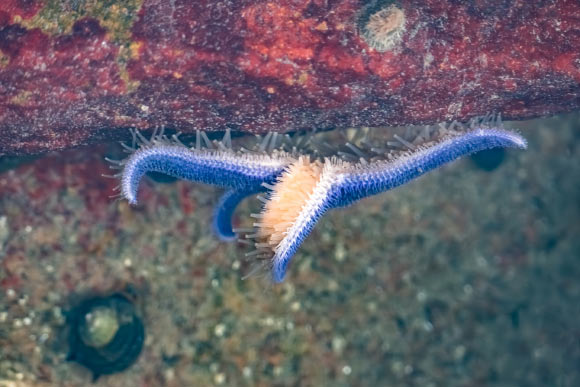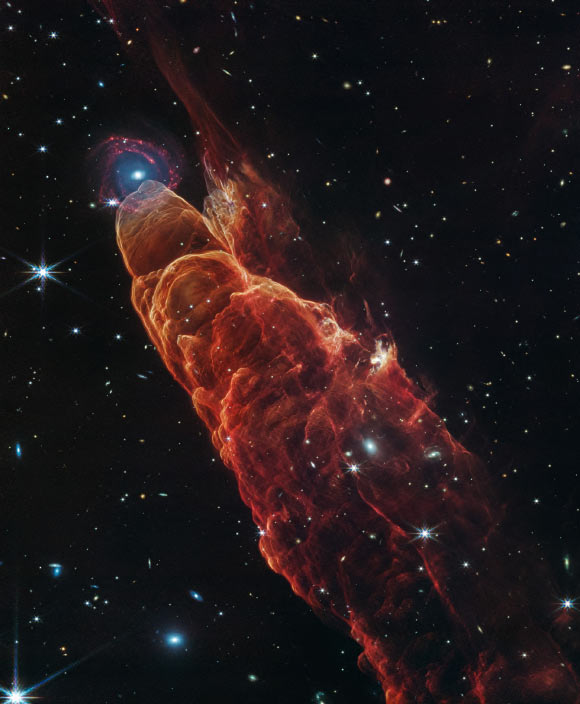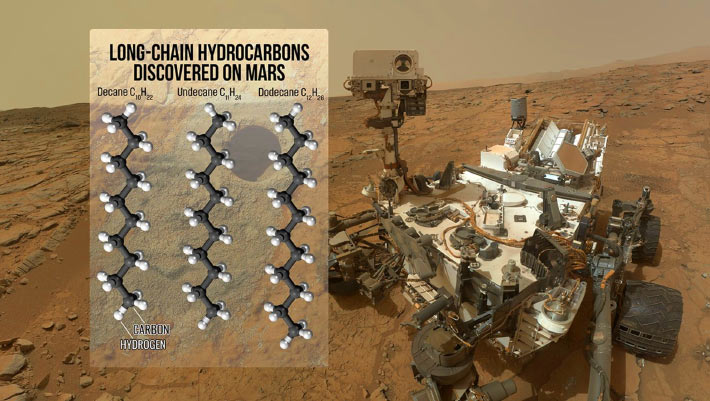Now Reading: Study Traces Ancient Origins of Appetite-Regulating Neurohormone
-
01
Study Traces Ancient Origins of Appetite-Regulating Neurohormone
Study Traces Ancient Origins of Appetite-Regulating Neurohormone

Quick Summary
- A molecule called bombesin, known for regulating appetite in humans and other vertebrates, has now been discovered in invertebrates like starfish and their marine relatives.
- Bombesin was first isolated from the skin of the fire-bellied toad (Bombina bombina) in 1971. When injected into mammals, it reduces meal sizes and increases intervals between meals.
- Queen Mary University of London researchers lead by Professor Maurice Elphick identified genes encoding bombesin-like neurohormones in animals such as starfish, sea urchins, and sea cucumbers.
- The study used mass spectrometry to determine the molecular structure of a bombesin-like molecule specific to starfish, named ArBN. Testing revealed its role in controlling stomach retraction after feeding and delaying initiation of feeding.
- Research results highlight that appetite regulation via neuropeptides like bombesin originated half-a-billion years ago in a common ancestor of vertebrates and echinoderms.
!The common starfish (Asterias rubens)
Image credit: W. Carter
Indian Opinion Analysis
This research expands our understanding of hunger-regulating mechanisms by tracing them back to evolutionary origins shared with ancient marine creatures like starfish. Such findings solidify links between behaviors central to survival across diverse species over millennia.
India can draw valuable lessons from this certain connection between ecological evolution and advancements addressing health challenges such as obesity-especially given its rising prevalence nationwide todayԱյ Markedly tied Institutes fabric< Healthy Incorpor dodatk hemist feedback

























